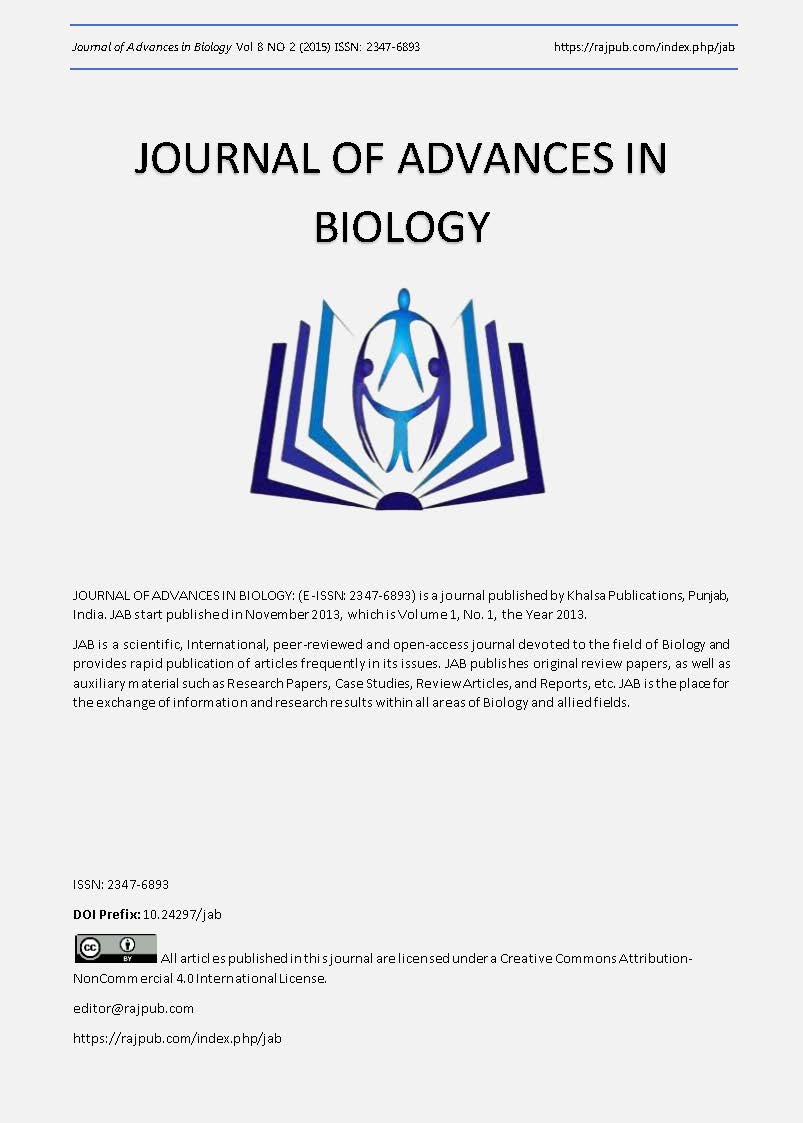Dynamics of bacterial pathogens associated with the clam Tapes decussatus in three main Egyptian fisheries
DOI:
https://doi.org/10.24297/jab.v8i2.5627Keywords:
Shellfish, Bivalve, Clam, Tapes decussatus, Biosafety, Vibrio, Salmonella, Aeromonas, Staphylococcus, E. coli, fishery, Aquaculture, EgyptAbstract
Production and consumption of bivalves are affected by microbial pathogens that could harm bivalves and human consumers. The present study quantifies the dynamics of seasonal and location variations of bacteriological contamination of the clam, Tapes decussatus, in Egyptian fisheries as potential candidate for aquaculture in Egypt. Clams were monitored for one year for contamination with the potential clam pathogens; Vibrio and Aeromonas spp. and the human pathogens; Escherichia coli, Staphylococcus and Salmonella spp. The result have shown significant seasonal variations in the spread of Vibrio spp., Salmonella spp. and Aeromonas spp. Similarly, Staphylococcus spp.. Vibrio spp. and Salmonella spp. were significantly affected by collection sites. E. coli did not show statistically significant variations among stations or different seasons for the same station. In conclusion, the examined sites are not currently suitable for bivalve aquaculture or safe consumption unless bacteriological examinations and treatments are applied to avoid shellfish associated disease transmission.
Downloads
Downloads
Published
How to Cite
Issue
Section
License
 All articles published in Journal of Advances in Linguistics are licensed under a Creative Commons Attribution 4.0 International License.
All articles published in Journal of Advances in Linguistics are licensed under a Creative Commons Attribution 4.0 International License.




